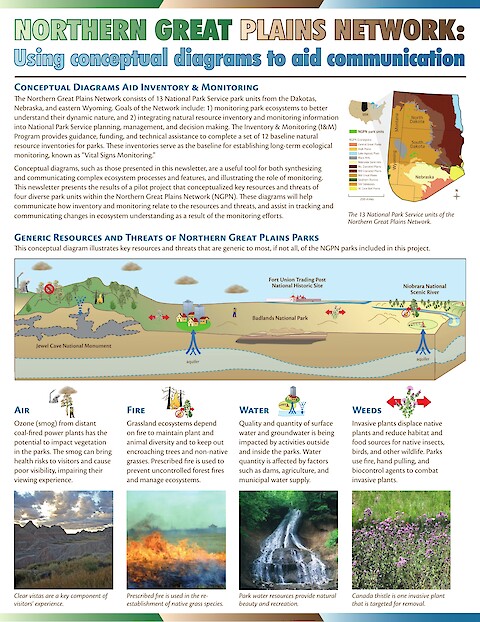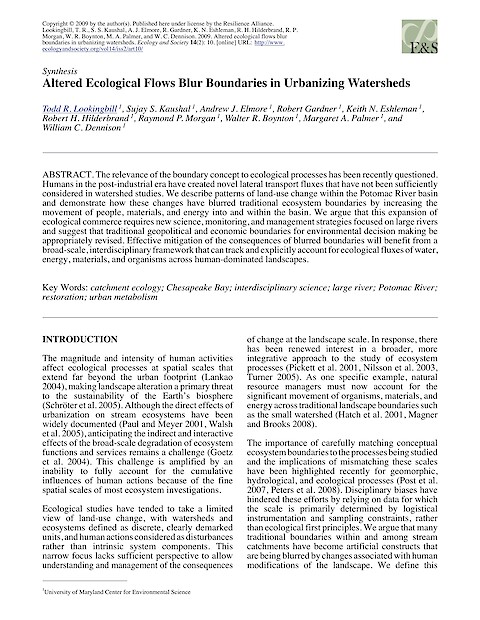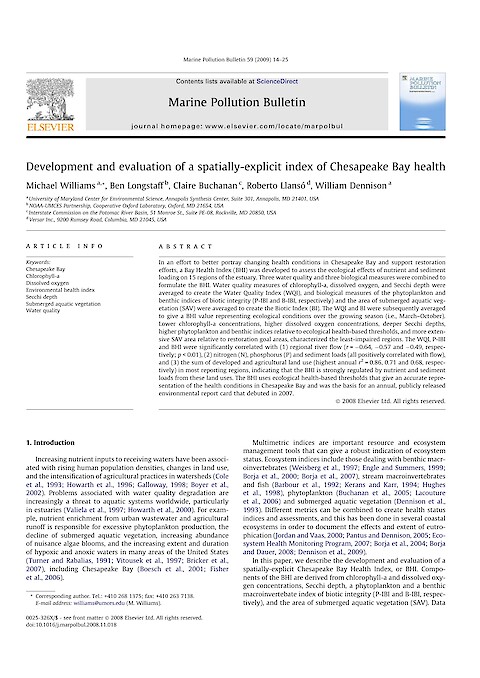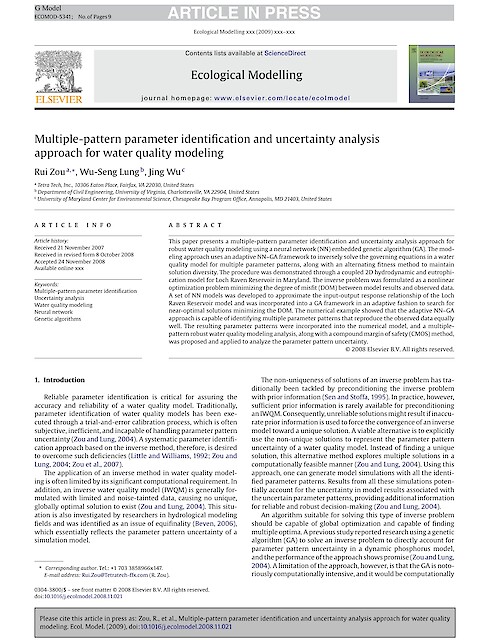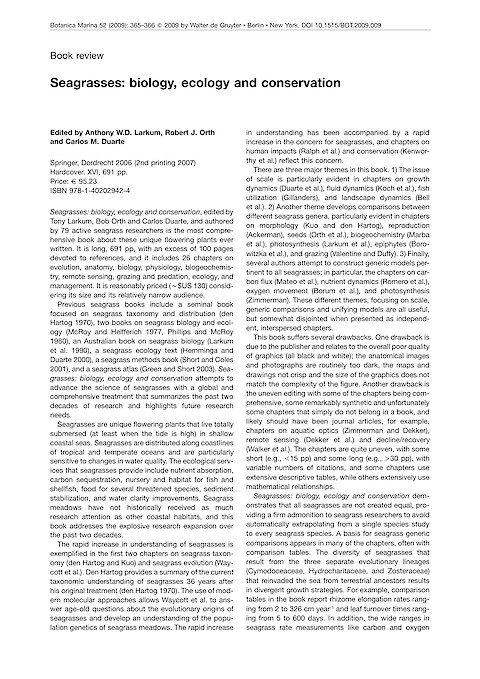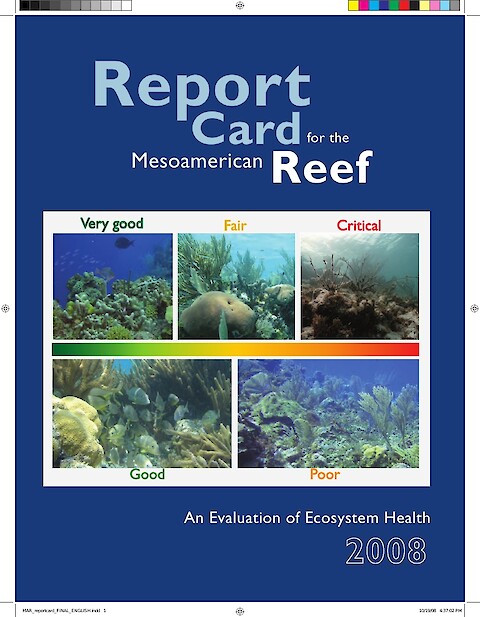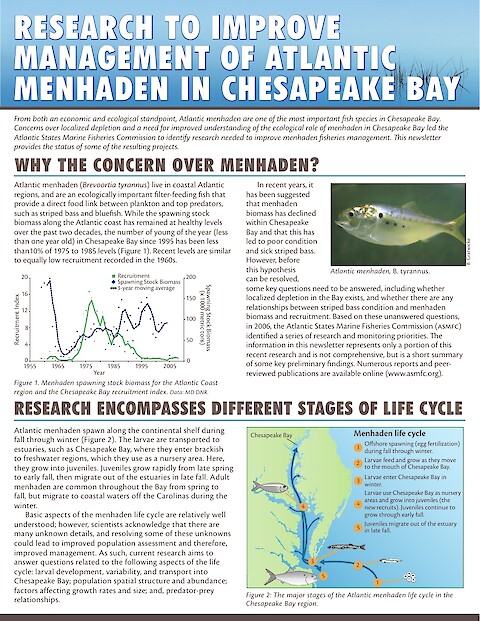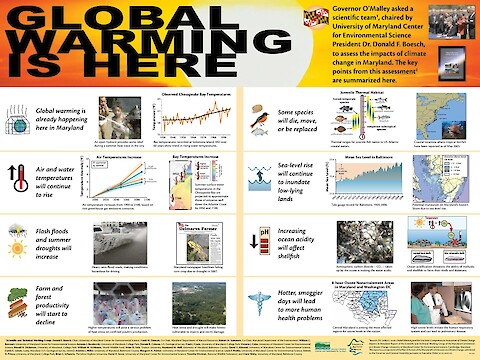Global patterns of foliar nitrogen isotopes and their relationships with climate, mycorrhizal fungi, foliar nutrient concentrations, and nitrogen availability
Craine JM, Elmore AJ, Aidar MPM, Bustamante M, Dawson TE, Hobbie EA, Kahmen A, Mack MC, McLauchlan KK, Michelsen A, Nardoto GB, Pardo LH, Penuelas J, Reich PB, Schuur EAG, Stock WD, Templer PH, Virginia RA, Welker JM, and Wright IJ ·
2009
Ratios of nitrogen (N) isotopes in leaves could elucidate underlying patterns of N cycling across ecological gradients. To better understand global-scale patterns of N cycling, we compiled data on foliar N isotope ratios (delta N-15), foliar N concentrations, mycorrhizal type and climate for over 11 000 plants worldwide.
Read more
